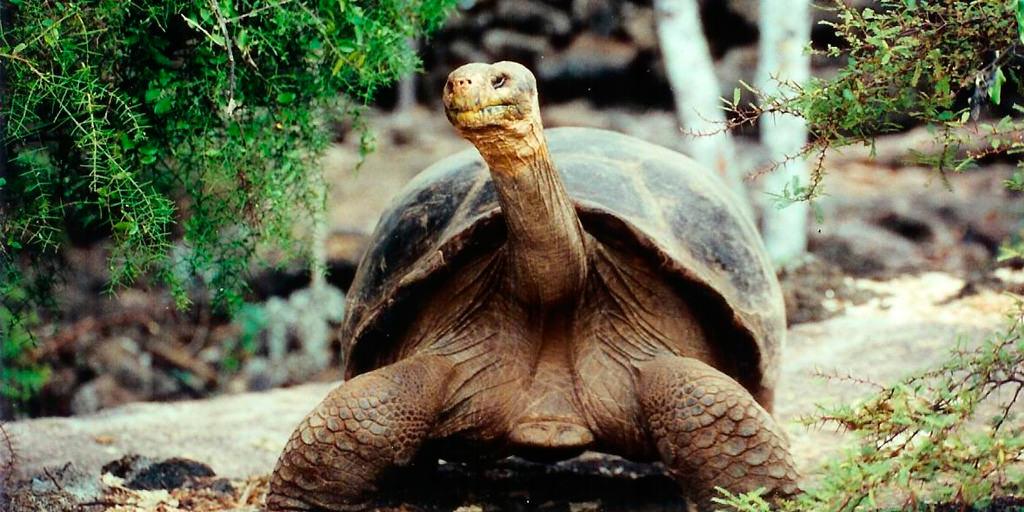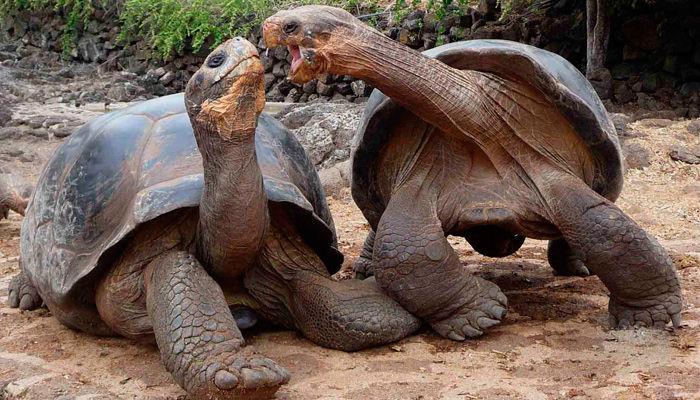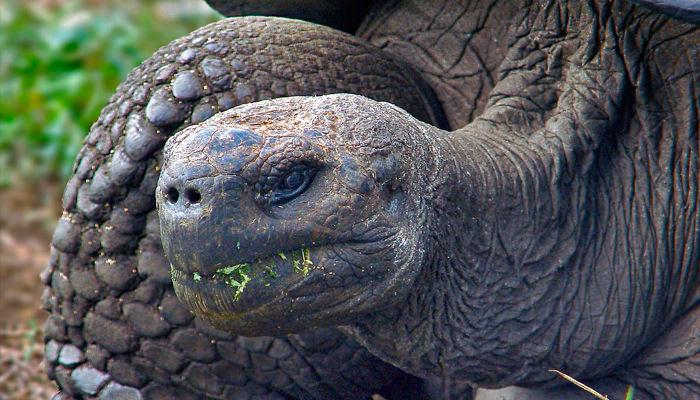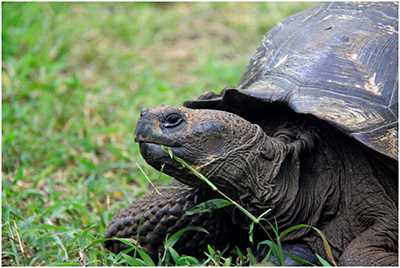Legendary Galapagos Giant Tortoises May Not Go Extinct, Restoration Now Possible (via SBWire)
Galapagos Giant Tortoises are undoubtedly world famous for their abundance and ipseity. But from last decade, the World has seen a downfall in the existing number of Tortoises. Nature Galapagos and Ecuador, a reputed tour agency in Quito explains why they
Legendary Galapagos Tortoises May Not Go Extinct, Restoration Now Possible (via SBWire)
GalapagoThe Endangered Galapagos Giant Tortoises can be saved from Extinctions Giant Tortoises are undoubtedly world famous for their abundance and ipseity. But from last decade, the World has seen a downfall in the existing number of Tortoises.
Galapagos may be very close to these beautiful animals in different places to visit and also in natural state, be with these beautiful turtles, it is still an extraordinary experience.
The tortoises have a large bony carapace (shell) of a dull brown colour. The plates of the shell are fused with the ribs in a rigid protective structure that is integral to the skeleton. Lichens can grow on the shells of these slow-moving animals.[73]Tortoises keep a characteristic scute (shell segment) pattern on their shells throughout life, though the annual growth bands are not useful for determining age because the outer layers are worn off with time. A tortoise can withdraw its head, neck, and fore limbs into its shell for protection. The legs are large and stumpy, with dry, scaly skin and hard scales. The front legs have five claws, the back legs four.
Shell shape
The Endangered Galapagos Giant Tortoises can be saved from Extinction
Saddleback (C. n. abingdonii)
Galapagos tortoises possess two main shell forms that correlate with the biogeographic history of the species group. They exhibit a spectrum of carapace morphology ranging from “saddleback” (denoting upward arching of the front edge of the shell resembling a saddle) to “domed” (denoting a rounded convex surface resembling a dome). When a saddleback tortoise withdraws its head and forelimbs into its shell, a large unprotected gap remains over the neck, evidence of the lack of predation during the evolution of this structure. Larger islands with humid highlands over 800 m (2,600 ft) in elevation, such as Santa Cruz, have abundant vegetation near the ground.[50]
Tortoises native
Tortoises native to these environments tend to have domed shells and are larger, with shorter necks and limbs. Saddleback tortoises originate from small islands less than 500 m (1,600 ft) in elevation with dry habitats (e.g. Española and Pinzón) that are more limited in food and other resources.[54]
Two lineages of Galapagos tortoises possess the Island of Santa Cruz and when observed it is concluded that despite the shared similarities of growth patterns and morphological changes observed during growth, the two lineages and two sexes can be distinguished on the basis of distinct carapace features. Lineages differ by the shape of the vertebral and pleural scutes. Females have a more elongated and wider carapace shape than males. Carapace shape changes with growth, with vertebral scutes becoming narrower and pleural scutes becoming larger during late ontogeny.
To feel an experience like that mentions you can visit them in our Galapagos Land tours.








Comments